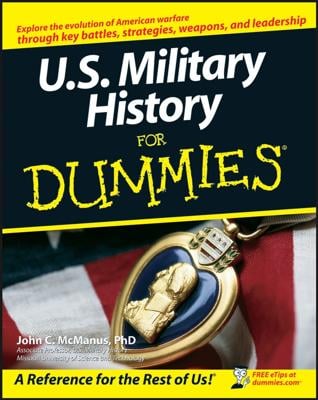The foundations of the Cold War were broader than just the ideological struggle between capitalism and communism. The Soviet Union had suffered terribly during World War II and was hungry to recover. Soviet leaders feared and distrusted the United States, which was the only country with the atomic bomb — and which had used it.
They were also determined to surround the Soviet Union with countries that would not be a threat to it in future wars.
But America saw its former ally as a nation led by men who were as duplicitous and dangerous as those the Allies had just defeated. The Soviets desire to forcibly impose itself on other counties was unacceptable.
Gauging the United Nations
After World War I, the U.S. Senate voted against joining the League of Nations. The second time around, however, it jumped at the chance to join the League’s successor. On July 28, 1945, senators voted 89 to 2 in favor of joining the United Nations (UN), which had its first meeting in 1946 in London and then moved to its permanent home in New York City.
The UN’s two main bodies were the General Assembly, where every member nation had a seat, and the Security Council, which had five permanent members — the United States, the Soviet Union, Great Britain, France, and China — and six seats that rotated among other countries. Each of the permanent members could veto council actions, which meant it was impossible for the UN to do anything that any one of the top powers didn’t like.
While the United Nations did have some success in international cooperation when it came to subjects like health and education, it could do little to slow down the nuclear arms race or prevent the Super Powers from interfering in other countries.
The world as a chessboard
The first big test of wills between the United States and the Soviet Union came in the Mediterranean. Communist-backed rebels in Greece and Turkey were trying to overthrow the governments in those two countries. Britain had been assisting the Greek and Turkish governments, but was in deep economic trouble at home and couldn’t continue.
So Harry Truman went to Congress. Truman was a former U.S. senator from Missouri who had been made vice president in 1944 and succeeded Franklin Roosevelt as president when Roosevelt died in 1945. Truman was blunt, honest, and outspoken.
He often complained about what a tough job it was to be president. But most of the time he wasn’t shy about doing it — and to hell with anyone who didn’t like the way he did it.
In March 1947, Truman asked Congress for $400 million to help the Greek and Turkish governments. He also asked to send U.S. military advisors to both countries, at their request. In what became known as the “Truman Doctrine,” Truman drew a sharp distinction between the communist way of life and the Free World. Congress went along, sending more than $600 million to the two countries by 1950.
Truman’s doctrine was part of an overall strategy to “contain” communism. The idea was to make other countries prosperous enough that they wouldn’t be tempted to go red. Other elements of the containment strategy included
The Four Point Program: This was sort of a junior Marshall Plan. Proposed by Truman in 1949, it provided about $400 million to underdeveloped countries in Asia, Latin America, and Africa for developing industry, communications, and technological systems.
The Marshall Plan: Named after General George C. Marshall, who became Truman’s secretary of state, the plan provided about $12 billion in U.S. aid to 16 countries in Western Europe to help them recover from the ravages of the war. The plan was a rousing success, and by 1952, much of Western Europe was well on its way to economic recovery.
NATO: In 1949, the United States and 11 Western nations formed the North Atlantic Treaty Organization (NATO). The countries agreed to come to the aid of any member nation that was attacked, and to develop an international security force that would help discourage aggression by non-NATO countries.
The Berlin airlift
The Soviet Union didn’t watch all this U.S. activity while lazing in a hammock. After the war, temporary governance of Germany had been divided among France, Britain, the United States, and Russia. The city of Berlin was deep in the Russian sector but run by all four nations.
So when the Soviets became irritated at all the containment in 1948, they blockaded Berlin, hoping to force the Western countries out of the city completely.
Instead, the Western countries mounted a huge airlift, shipping food and other supplies over the blockade and into the city. In May 1949, the Soviets lifted the blockade. But the tensions made both sides realize that there would be no easy solution to reestablishing a new Germany.
So the Western powers agreed to create one country out of their half and the Soviets created another country out of the other half. East Germany and West Germany would not be united again for more than 40 years.

